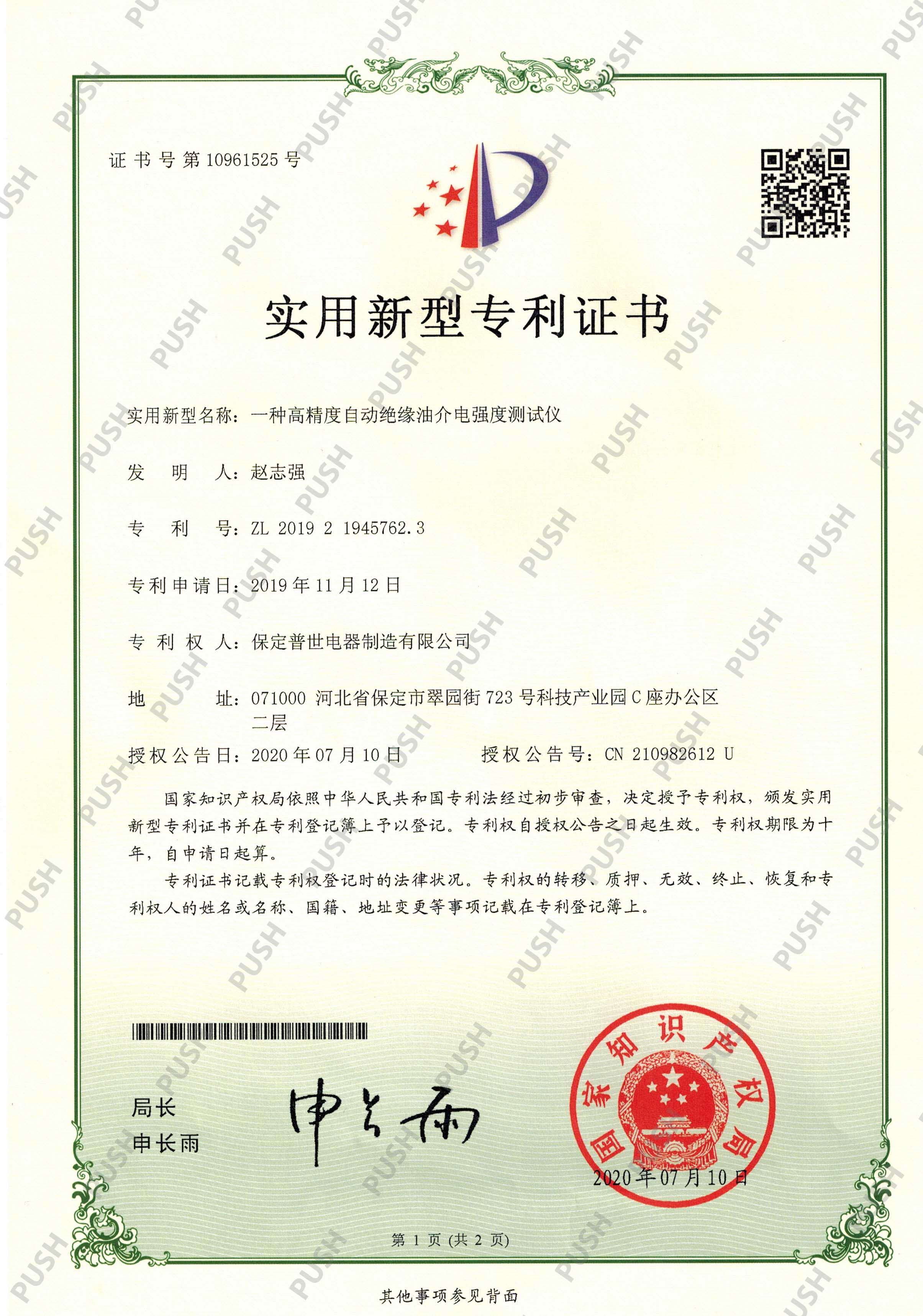 English
English



-
 Afrikaans
Afrikaans -
 Albanian
Albanian -
 Amharic
Amharic -
 Arabic
Arabic -
 Armenian
Armenian -
 Azerbaijani
Azerbaijani -
 Basque
Basque -
 Belarusian
Belarusian -
 Bengali
Bengali -
 Bosnian
Bosnian -
 Bulgarian
Bulgarian -
 Catalan
Catalan -
 Cebuano
Cebuano -
 China
China -
 China (Taiwan)
China (Taiwan) -
 Corsican
Corsican -
 Croatian
Croatian -
 Czech
Czech -
 Danish
Danish -
 Dutch
Dutch -
 English
English -
 Esperanto
Esperanto -
 Estonian
Estonian -
 Finnish
Finnish -
 French
French -
 Frisian
Frisian -
 Galician
Galician -
 Georgian
Georgian -
 German
German -
 Greek
Greek -
 Gujarati
Gujarati -
 Haitian Creole
Haitian Creole -
 hausa
hausa -
 hawaiian
hawaiian -
 Hebrew
Hebrew -
 Hindi
Hindi -
 Miao
Miao -
 Hungarian
Hungarian -
 Icelandic
Icelandic -
 igbo
igbo -
 Indonesian
Indonesian -
 irish
irish -
 Italian
Italian -
 Japanese
Japanese -
 Javanese
Javanese -
 Kannada
Kannada -
 kazakh
kazakh -
 Khmer
Khmer -
 Rwandese
Rwandese -
 Korean
Korean -
 Kurdish
Kurdish -
 Kyrgyz
Kyrgyz -
 Lao
Lao -
 Latin
Latin -
 Latvian
Latvian -
 Lithuanian
Lithuanian -
 Luxembourgish
Luxembourgish -
 Macedonian
Macedonian -
 Malgashi
Malgashi -
 Malay
Malay -
 Malayalam
Malayalam -
 Maltese
Maltese -
 Maori
Maori -
 Marathi
Marathi -
 Mongolian
Mongolian -
 Myanmar
Myanmar -
 Nepali
Nepali -
 Norwegian
Norwegian -
 Norwegian
Norwegian -
 Occitan
Occitan -
 Pashto
Pashto -
 Persian
Persian -
 Polish
Polish -
 Portuguese
Portuguese -
 Punjabi
Punjabi -
 Romanian
Romanian -
 Russian
Russian -
 Samoan
Samoan -
 Scottish Gaelic
Scottish Gaelic -
 Serbian
Serbian -
 Sesotho
Sesotho -
 Shona
Shona -
 Sindhi
Sindhi -
 Sinhala
Sinhala -
 Slovak
Slovak -
 Slovenian
Slovenian -
 Somali
Somali -
 Spanish
Spanish -
 Sundanese
Sundanese -
 Swahili
Swahili -
 Swedish
Swedish -
 Tagalog
Tagalog -
 Tajik
Tajik -
 Tamil
Tamil -
 Tatar
Tatar -
 Telugu
Telugu -
 Thai
Thai -
 Turkish
Turkish -
 Turkmen
Turkmen -
 Ukrainian
Ukrainian -
 Urdu
Urdu -
 Uighur
Uighur -
 Uzbek
Uzbek -
 Vietnamese
Vietnamese -
 Welsh
Welsh -
 Bantu
Bantu -
 Yiddish
Yiddish -
 Yoruba
Yoruba -
 Zulu
Zulu
dc hi pot test
Understanding DC Hi-Pot Testing An Overview
DC Hi-Pot testing, also known as DC High Potential Testing, is an essential procedure used in the electrical industry to evaluate the insulation integrity of electrical components and systems. This testing method is crucial for ensuring the safety and reliability of electrical products, particularly in industries such as manufacturing, telecommunications, and power distribution.
What is DC Hi-Pot Testing?
DC Hi-Pot testing involves applying a high direct current voltage to the insulation of electrical components while measuring the resulting leakage current. The primary objective of the test is to identify any weaknesses in the insulation that could lead to electrical breakdown or failure. By exposing the insulation to a greater-than-normal voltage, manufacturers can predict how products will perform under extreme electrical conditions.
The test typically involves immersing the component in a high-voltage environment, which reveals weaknesses in insulation if the leakage current exceeds acceptable levels. The test voltage is determined based on the specifications of the device under test (DUT) and is usually several times the normal operating voltage.
The Importance of DC Hi-Pot Testing
1. Safety Assurance The primary reason for conducting DC Hi-Pot tests is to enhance safety. Electrical failures can lead to dangerous situations, including fires, shocks, and equipment damage. By ensuring that insulation materials can withstand high voltages without failing, manufacturers can significantly reduce the risk of accidents.
2. Quality Control In manufacturing, quality control is vital. Regular DC Hi-Pot tests can help identify potential defects in products before they reach the consumer. This proactive approach allows manufacturers to rectify issues, leading to a higher quality product and a better reputation in the market.
3. Regulatory Compliance Many industries are governed by strict safety and performance regulations. DC Hi-Pot testing can help companies comply with these regulations, as it demonstrates that the products have been rigorously tested for safety and reliability. Compliance not only ensures safety but also protects companies from legal liabilities and potential recalls.
4. Longevity of Equipment Insufficient insulation can lead to premature equipment failure. Conducting Hi-Pot tests helps in ensuring that insulation materials are robust enough to withstand the rigors of operation over time, thereby extending the life of the equipment.
dc hi pot test

Testing Procedure
The DC Hi-Pot testing procedure involves several steps
1. Preparation Before testing, the device is disconnected from any power sources and other components. This preparation phase is crucial for accurate results.
2. Setting Up the Test The testing apparatus is set up, and the appropriate voltage is selected based on the manufacturer’s specifications.
3. Conducting the Test The high voltage is applied to the component for a specified duration, typically ranging from a few seconds to a few minutes.
4. Monitoring the Leakage Current During the test, the leakage current is monitored. If it exceeds predetermined limits, it indicates insulation failure or degradation.
5. Interpreting Results After the test, the readings are analyzed. If the leakage current is within acceptable limits, the insulation is deemed satisfactory. If not, further investigation and corrective actions are necessary.
Conclusion
DC Hi-Pot testing is a critical procedure that plays a significant role in ensuring the safety and reliability of electrical products. By identifying insulation weaknesses early in the manufacturing process, companies can enhance product quality, comply with regulations, and promote safety in their operations. As technology evolves, so too will the methods and tools used for DC Hi-Pot testing, allowing for even more rigorous standards in electrical safety. As professionals in the field, understanding and implementing effective testing protocols is paramount to safeguarding both users and equipment from electrical hazards.
-
Testing Equipment Industry Sees Major Advancements in 2025: Smart & Precision Technologies Lead the WayNewsJun.06,2025
-
Applications of Direct Current Generators in Renewable Energy SystemsNewsJun.05,2025
-
Hipot Tester Calibration and Accuracy GuidelinesNewsJun.05,2025
-
Digital Circuit Breaker Analyzer Features and BenefitsNewsJun.05,2025
-
Benefits of Real-Time Power Quality Monitoring Devices for Industrial EfficiencyNewsJun.05,2025
-
Earth Fault Loop Testing in High-Rise Building Electrical SystemsNewsJun.05,2025



